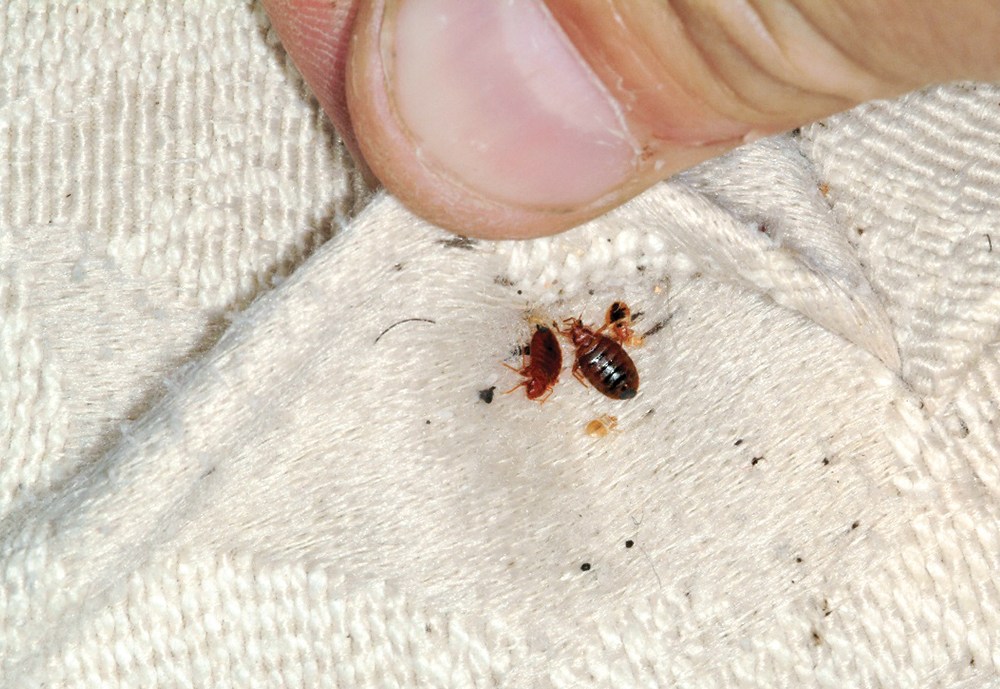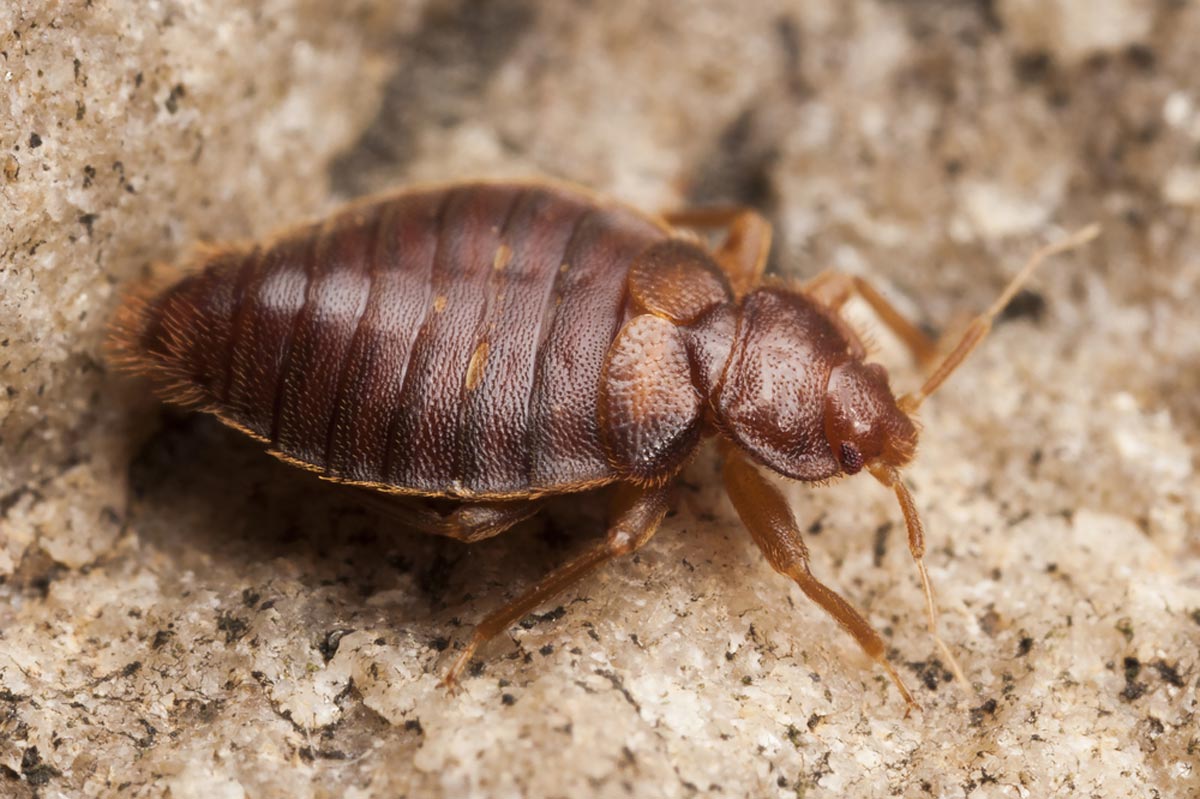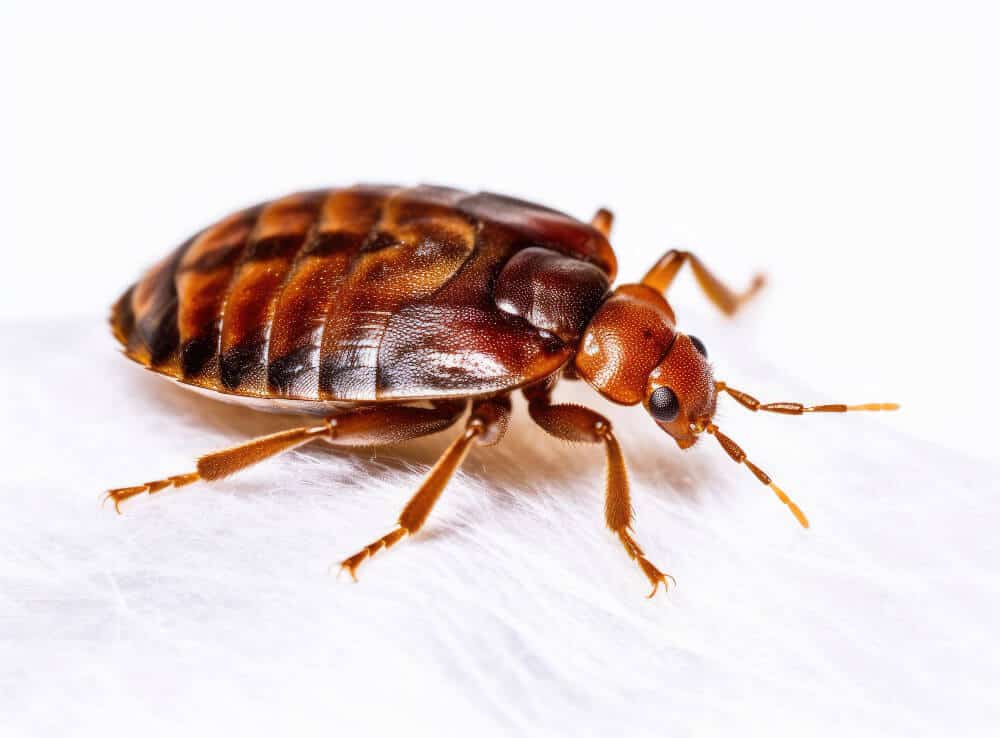Comprehensive A1 Bed Bug Extermination in Houston Location
Wiki Article
Recognizing the Lifecycle of Insects for Targeted Control Methods
Understanding the lifecycle of parasites is an essential aspect of reliable pest monitoring techniques. Via a deeper understanding of just how bugs develop and grow, tailored control strategies can be created to address certain points in their lifecycle, inevitably leading to more effective pest administration end results.Significance of Recognizing Pest Lifecycle
Understanding the lifecycle of insects is vital for creating effective and targeted control techniques in bug management. By comprehending the different phases a pest undergoes from egg to grownup, pest control professionals can determine weak spots in the lifecycle where intervention can be most effective. For example, knowing when larvae are most active can assist establish the optimal timing for applying larvicides. Furthermore, comprehending the life-span of a parasite species can aid in forecasting populace growth patterns and possible infestation risks.In addition, identifying the particular ecological conditions required for each stage of the parasite's lifecycle can lead choices on environment adjustment or exemption techniques to reduce and interfere with the lifecycle bug populations. This knowledge enables pest administration specialists to apply positive steps rather than counting entirely on reactive therapies, bring about even more long-term and lasting insect control solutions. Eventually, a detailed understanding of bug lifecycles empowers bug control professionals to tailor their strategies properly, reducing ecological effects and optimizing control outcomes.
Secret Phases in Insect Growth
To properly apply targeted control techniques in pest management, an important element lies in comprehensively identifying and recognizing the vital phases in insect advancement. Bug development commonly consists of numerous vital phases that are critical for their lifecycle and administration.

Vulnerabilities in Bug Lifecycle
Throughout the various phases of a bug's lifecycle, unique vulnerabilities emerge that can be purposefully targeted for reliable control actions (A1 Bed bug Exterminator houston). One critical vulnerability exists in the egg phase, where insects are frequently more at risk to specific pesticides or organic control agents due to their soft external shell, making them easier targets for treatment. Comprehending these susceptabilities in the insect lifecycle is essential for creating reliable and exact control techniques that properly handle pest populaces while minimizing ecological effect.Executing Targeted Control Actions

Executing targeted control actions commonly includes a multi-faceted strategy. This may consist of habitat adjustment to make the environment less friendly to insects, such as getting rid of standing water for mosquito control or securing access points for rats. Additionally, organic control techniques can be made use of, where natural predators or virus are introduced to keep bug populaces in check.
Chemical control, such as the cautious application of chemicals, is an additional common technique. It is essential to make use of these substances deliberately to minimize environmental effect and prospective injury to non-target varieties - A1 Bed Bug treatment houston. Integrated Bug Monitoring (IPM) strategies that integrate numerous control actions in a coordinated and sustainable manner are typically the most efficient in accomplishing long-lasting bug administration objectives. By carrying out targeted control actions based upon an extensive understanding of insect lifecycles, insect populations can be my sources effectively controlled while minimizing risks to human wellness and the setting.
Enhanced Pest Monitoring Practices

Furthermore, the consolidation of organic control agents, such as natural killers or virus of pests, can assist lower dependence on chemical pesticides and promote an extra well balanced community. Carrying out physical obstacles and catches can also be part of improved parasite management practices, providing safe and targeted remedies for insect control. In addition, making use of scents and other semiochemicals can interfere with pest mating patterns and interaction, leading to reduced insect populations gradually.
Verdict
To conclude, understanding the lifecycle of insects is important for efficient bug monitoring approaches. By recognizing vital phases in parasite growth and susceptabilities in their lifecycle, targeted control actions can be implemented to minimize pest populations. Enhanced pest management techniques can aid minimize the dependence on broad-spectrum chemicals and promote even more ecologically friendly and sustainable pest control methods. This expertise plays an essential duty in preserving healthy communities and agricultural performance.Comprehending the lifecycle of pests is essential for creating effective and targeted control approaches in parasite management. By understanding the different phases an insect goes via from egg to adult, parasite control experts can recognize prone factors in the lifecycle where treatment can be most successful. Inevitably, a complete understanding of insect lifecycles equips Get the facts pest control experts to tailor their methods effectively, lessening ecological effects and optimizing control end results.
By implementing targeted control steps based on a detailed understanding of bug lifecycles, pest populations can be effectively controlled while reducing dangers to human wellness and the setting.
By determining vital stages in pest advancement and vulnerabilities in their lifecycle, targeted control actions can be implemented to reduce bug populaces.
Report this wiki page